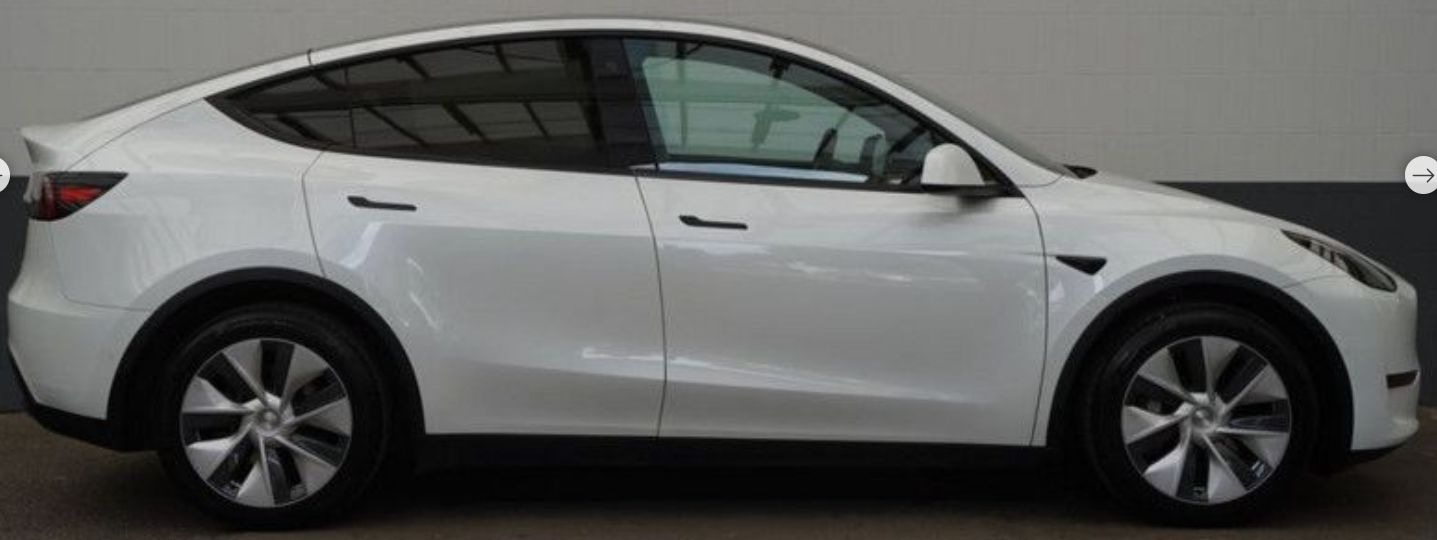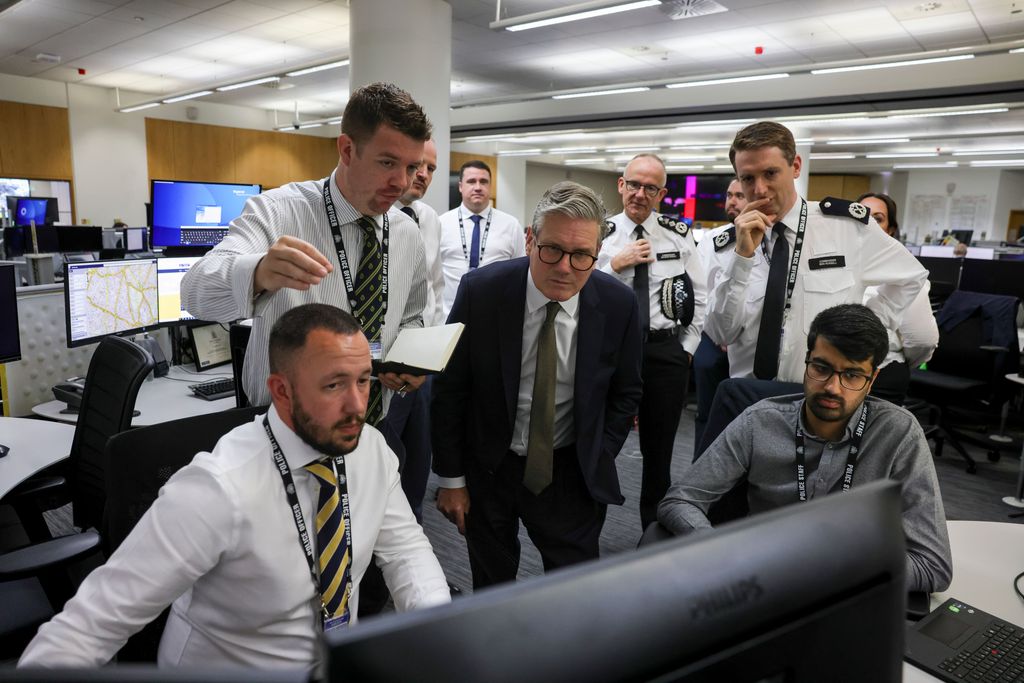
Metropolitan Police officers have successfully concluded a significant three-day operation, seizing 72 high-value vehicles with an estimated worth of £6 million. This targeted crackdown focused on addressing dangerous and illegal driving practices across prominent central and west London areas, including Hyde Park, Kensington, and Chelsea. The initiative underscores the force’s commitment to ensuring road safety and responding directly to community concerns.
This robust enforcement action went beyond routine traffic stops, uncovering a range of serious offences from driving without valid insurance to the use of fraudulent documents and even leading to arrests for wider criminal activities. The operation highlights the intricate connections between seemingly minor motoring infringements and more organised forms of crime, emphasizing the comprehensive approach taken by London’s police.
The following details provide an in-depth look at the initial phase of this impactful operation, revealing the immediate results, the types of infractions encountered, and the broader implications for public safety and legal compliance on London’s roads. It serves as a clear statement of intent from the Met Police in tackling anti-social behaviour and criminality associated with high-performance vehicles in the capital.

1. **The Scale of the Seizure: 72 Luxury Cars Worth £6 Million**
The operation resulted in the seizure of a remarkable 72 luxury vehicles, collectively valued at an estimated £6 million. This substantial figure underscores the prevalence of non-compliant and illegally driven high-end cars on London’s streets, particularly within the targeted areas. Among the impounded vehicles were prestigious marques such as Ferraris, Bentleys, and Lamborghinis, highlighting the premium nature of the cars involved in these infractions.
These vehicles were taken off the road because they were either found to be unroadworthy or being driven illegally. The sheer volume and value of the cars seized provide a tangible measure of the success of the three-day operation. It demonstrates the scale of the challenge faced by law enforcement regarding luxurious vehicles operating outside legal parameters.
The removal of such a significant number of high-value cars sends a clear message about the Met’s resolve to enforce motoring laws, irrespective of a vehicle’s cost or perceived status. This impactful outcome is a testament to the focused efforts of the specialist teams involved, ensuring that public roads are safer for all users.

2. **Targeted Locations: Hyde Park, Kensington, Chelsea Hotspots**
The strategic focus of the operation was on specific, high-profile areas known for issues with high-performance vehicles: Hyde Park, Kensington, and Chelsea. These locations are central and west London hotspots that have seen a rise in anti-social driving behaviour, prompting significant concern from local communities. The Met Police explicitly set up this operation to respond to these concerns, directly addressing the impact on residents, businesses, and visitors.
Residents and businesses in these ‘swankiest zip codes’ have consistently complained about late-night noise and anti-social driving by high-performance cars. The operation directly tackled these issues in the areas where the nuisance was most pronounced, showcasing a localised and responsive policing strategy. This focus allowed officers to efficiently concentrate resources where they were most needed, maximising the impact of their enforcement efforts.
The selection of these areas underscores the Met’s commitment to tackling specific community-reported problems, transforming complaints into direct police action. It reflects an understanding that addressing localised disturbances, particularly those involving high-value vehicles, is crucial for improving the quality of life and ensuring public order in these vibrant parts of the city.
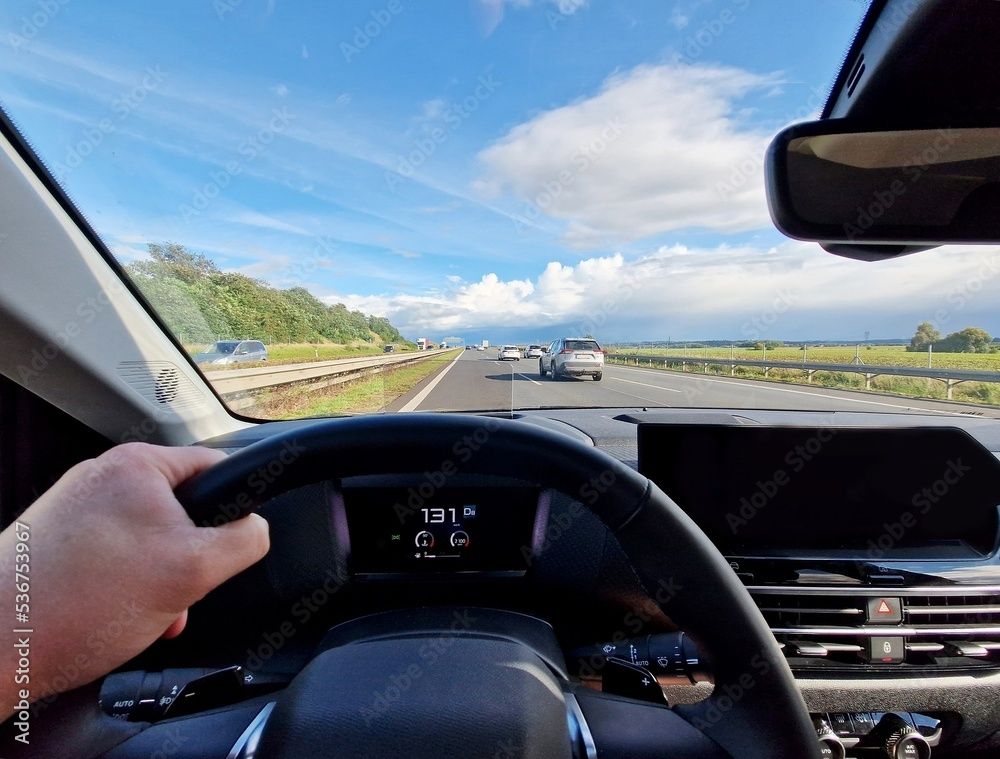
3. **The Driving Force: Responding to Resident Complaints**
A key impetus behind this extensive three-day operation was the mounting volume of complaints from residents and businesses. These grievances primarily revolved around late-night noise and anti-social driving practices associated with high-performance cars in central and west London. The Met Police, through Special Chief Officer James Deller of the Met’s Special Constabulary, confirmed that the operation was specifically ‘set up to respond to concerns from residents, businesses and visitors about high-value vehicles causing a nuisance.’
The police response highlights a direct correlation between community feedback and law enforcement action. This proactive stance demonstrates the Met’s dedication to mitigating neighbourhood disturbances and improving the safety and tranquility of urban areas. Special Chief Officer Deller further affirmed the Met’s commitment to ‘tackling anti-social behaviour,’ directly linking the operation to a broader strategy of crime reduction in London.
Furthermore, the operation serves as a clear signal that the Met is addressing ‘anti-social behaviour caused by uninsured drivers.’ This underscores that the crackdown was not merely about traffic violations but about tackling a wider pattern of disruptive and illegal conduct that has significantly impacted local communities. The police action reflects a responsive approach to public concerns, aiming to restore order and safety.
4. **Key Offences: Driving Without Insurance or a Licence**
During the three-day crackdown, specialist teams issued citations for a comprehensive range of offences, with a significant focus on fundamental motoring infringements. Among the most prevalent and critical violations identified were ‘driving without insurance or a licence,’ highlighting a widespread disregard for basic legal requirements on London’s roads. Many of the 72 seized vehicles were explicitly removed for a lack of valid insurance.
Beyond these core offences, officers also cited drivers for more serious infractions, including ‘driving while disqualified,’ ‘carrying false documents,’ and ‘using fraudulent number plates.’ These violations indicate a deliberate intent to circumvent legal frameworks, posing a significant risk to other road users and the integrity of the policing system. The operation also revealed that ten vehicles had no valid MOT documentation, and a further eleven were operating without road tax.
The persistent targeting of these offences is crucial because uninsured driving, in particular, poses a substantial public safety risk, as noted by the Motor Insurers’ Bureau. It ensures that only legally compliant and properly documented vehicles are on the road, contributing to a safer and more orderly driving environment for everyone in the capital.

5. **The International Dimension: Overseas Policies Not Valid in UK**
A significant finding of the operation involved vehicles that had been shipped to the U.K. from overseas. Many drivers were found to be ‘relying on home-country policies that did not extend to British roads,’ a common but legally invalid assumption. This highlights a critical information gap or deliberate oversight among some international motorists operating high-value cars in London.
One particularly striking example involved a driver who had been in the country for a mere two hours and behind the wheel for only 15 minutes before their vehicle was seized due to a lack of valid cover. This incident underscores the immediate enforcement action taken by officers upon detecting such discrepancies, regardless of how recently a driver had arrived in the UK. The Motor Insurers’ Bureau specifically clarified that foreign motor insurance policies often do not provide the necessary coverage in the UK, leading to severe legal consequences for drivers.
This aspect of the crackdown sheds light on the complexities of international driving regulations and the responsibility of vehicle owners to ensure their insurance policies are fully compliant with UK law. It reinforces the message that ignorance of the law is not an excuse and that all vehicles on British roads must adhere to national insurance requirements.
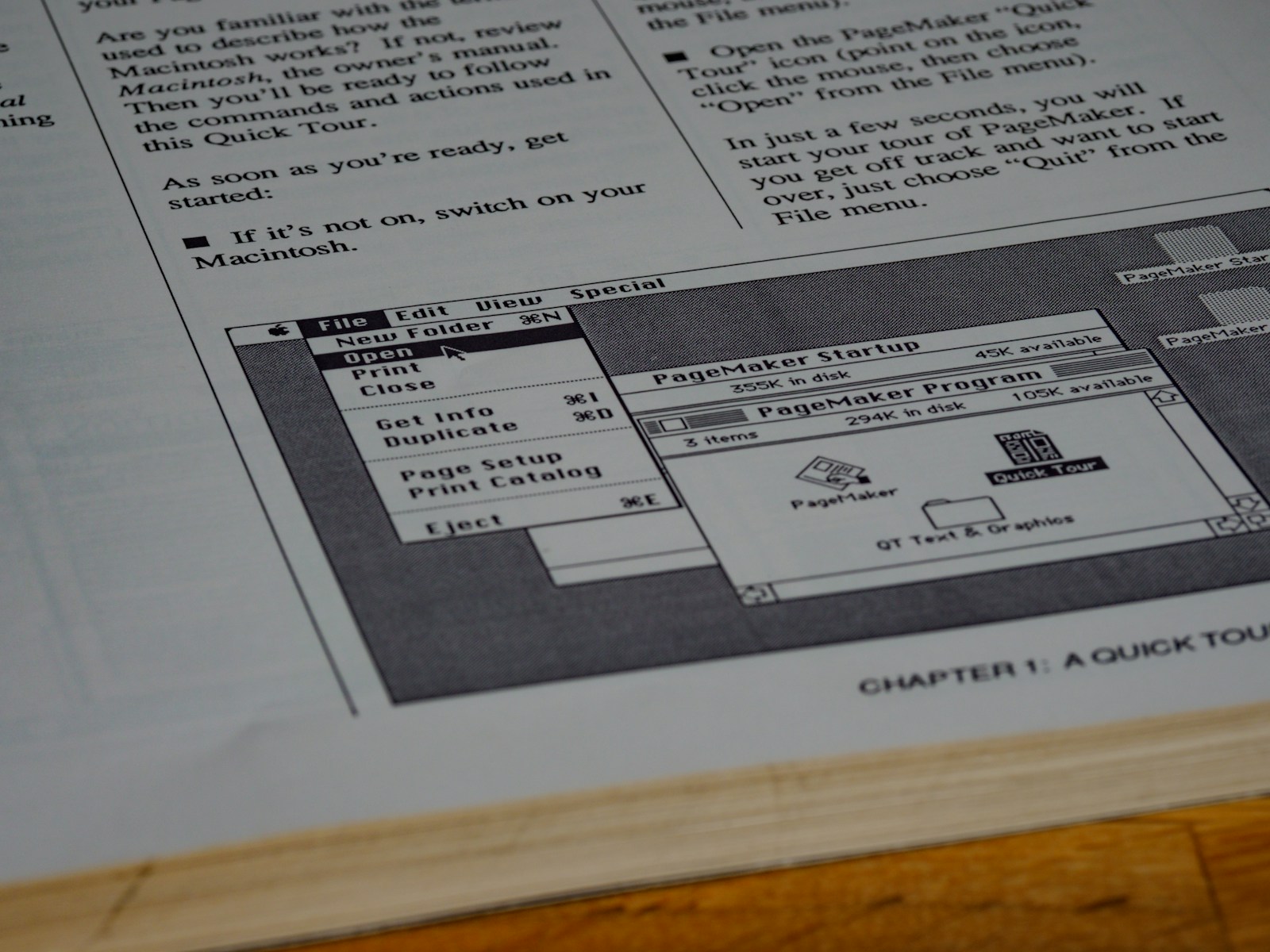
6. **Fraudulent Practices: False Documents and Number Plates**
Beyond basic insurance and licence violations, the operation uncovered more elaborate attempts to evade legal requirements, specifically through the use of fraudulent documents and number plates. Officers issued citations for drivers carrying false documents and ‘using fraudulent number plates,’ indicating a deliberate effort to mask the identity or legitimacy of vehicles and their operators. These practices are often linked to more organised criminal activities, as they provide a means to avoid detection.
Further investigations by Met officers revealed the presence of ‘fraudulent insurance policies, known as Ghost Broking.’ This sophisticated type of fraud involves individuals unknowingly purchasing fake insurance policies, leaving them uninsured despite believing they are covered. This discovery broadens the scope of illegal activities being addressed by the police, extending beyond individual driver non-compliance to organised criminal enterprises.
The detection of such fraudulent practices underscores the importance of stringent checks and enforcement. It highlights the multifaceted challenges faced by law enforcement in ensuring road legality, as offenders employ increasingly complex methods to operate outside the law. Tackling these practices is vital for maintaining the integrity of the insurance system and overall public safety.
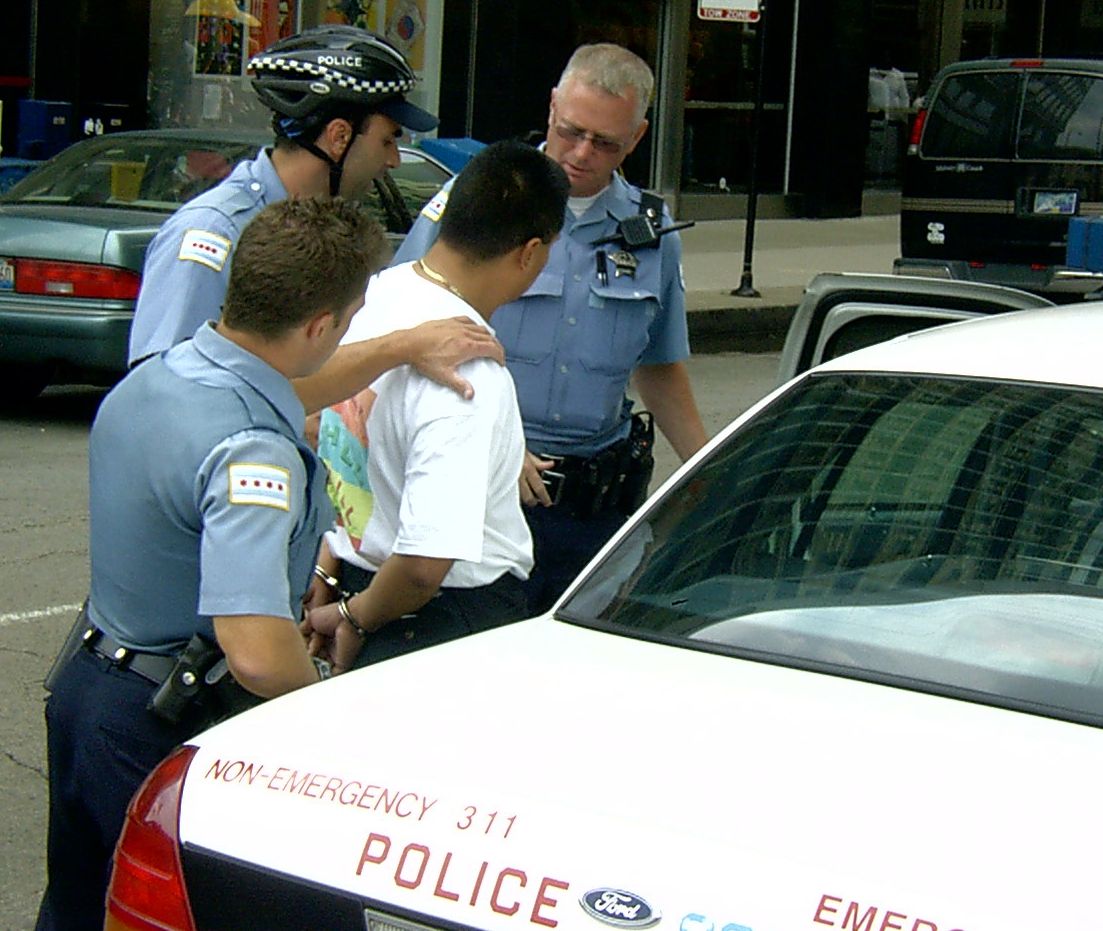
7. **Serious Arrests: Beyond Driving Offences**
The three-day operation proved to be more than just a crackdown on motoring offences; it also served as a crucial opportunity to disrupt wider criminal activity. Police made a total of eight arrests for a range of serious offences, demonstrating the broader impact of targeting anti-social driving. These arrests included individuals wanted for significant crimes, revealing the interconnectedness of various illicit behaviours.
Among those apprehended was ‘a 22-year-old wanted on suspicion of actual bodily harm and criminal damage,’ alongside ‘a 25-year-old later charged with possession of a Class B drug.’ Other notable arrests included individuals suspected of ‘theft of a motor vehicle’ and multiple persons detained on ‘suspicion of immigration offences.’ In one instance, a car stopped over an insurance discrepancy led to the arrest of four individuals for immigration offences after routine checks.
These arrests underscore the Met’s assertion that ‘uninsured driving was often linked to broader criminal activity including drink and drug driving, disqualified driving, stolen vehicles, money laundering, drug running and organised crime.’ The operation effectively acted as a net, capturing individuals involved in a spectrum of illegal activities, thereby contributing significantly to overall public safety and crime reduction efforts.
The Metropolitan Police’s recent three-day crackdown, which resulted in the seizure of 72 luxury vehicles, has brought into sharp focus not only the prevalence of illegal driving but also the broader societal and criminal implications. This second section will further analyze the various facets of this impactful operation, from specific vehicle examples to the interconnectedness of uninsured driving with organized crime, and the ongoing commitment to public safety. The Met’s comprehensive approach reflects a determined effort to address community concerns and enhance road safety across London.

8. **Notable Vehicle Examples: The Seized Lamborghinis and Other Luxury Cars**
The sheer opulence of the vehicles seized during the Met Police operation paints a vivid picture of the scale of non-compliance among a certain segment of drivers. Among the impounded cars were high-end marques such as Ferraris, Bentleys, and Lamborghinis, highlighting the premium nature of the cars involved in these infractions. A particularly striking seizure involved two identical purple Lamborghinis, which had been flown into Britain for a summer visit by their owner. This incident starkly highlighted the global dimension of the problem, as one of the drivers had been in the country for just two hours and behind the wheel for only 15 minutes before the vehicle was seized due to a lack of valid cover.
Beyond these notable Lamborghinis, the total inventory of seized vehicles included a diverse array of luxury cars, such as a McLaren, a Rolls-Royce, and a Ford Mustang Shelby GT500. These vehicles were removed from the road because they were either unroadworthy or being driven illegally, sending a clear message that the Met Police’s enforcement efforts extend to all vehicles, regardless of their cost or perceived status. The high value of these impounded cars, collectively estimated at £6 million, underscores the economic impact of illegal motoring and the significant assets now removed from London’s streets.
Car Model Information: 2024 Lamborghini Revuelto Base
Name: Lamborghini V12
Caption: Giotto Bizzarrini,Ferruccio Lamborghini
Manufacturer: Lamborghini
Configuration: V12 engine, petrol engine
Production: 1963–present
Successor: Lamborghini V12 L539
Get more information about: Lamborghini V12
Buying a high-performing used car >>>
Brand: Lamborghini Model: Lamborghini
Price: $691,658 Mileage: 997 mi.
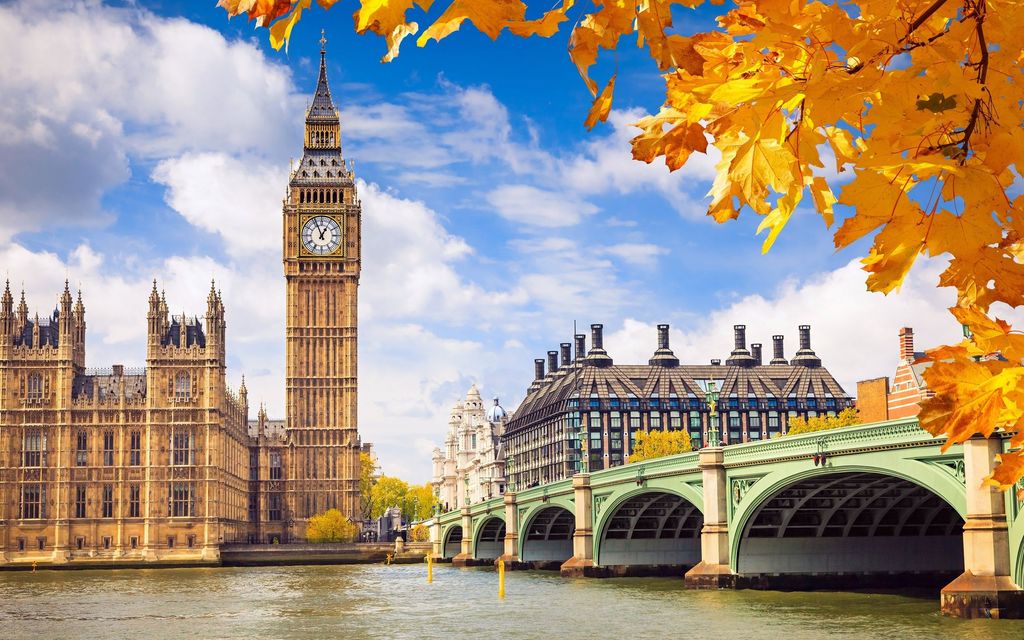
9. **London’s ‘Supercar Season’: A Context for the Crackdown**
The Met Police operation unfolds against the backdrop of what is unofficially known as London’s ‘Supercar Season.’ For the past 25 years, London has transformed into a magnet for wealthy vacationers, particularly from oil-rich nations and Middle Eastern countries, who often bring their high-performance vehicles with them for summer trips. This influx of luxury cars, while a spectacle for some, has increasingly become a source of contention for local residents.
Complaints have mounted over the years, primarily focusing on late-night noise, unsafe driving habits, and the pollution generated by these high-end rides. Past crackdowns have typically involved measures such as excessive noise fines and special public place protection orders, designed to deter drivers from revving engines or performing stunts in public areas. The recent operation signifies a more comprehensive and robust response, moving beyond mere noise complaints to tackle underlying legal infractions.
Indeed, the ‘anti-social’ driving habits of some supercar owners have led to London becoming a focal point for high-end car crash videos, showcasing instances like two Ferraris colliding or a Lamborghini Aventador S damaging an iconic London taxi. This prevalent issue underscores the urgent need for consistent enforcement, not only to maintain public order and address resident grievances but also to ensure overall road safety.
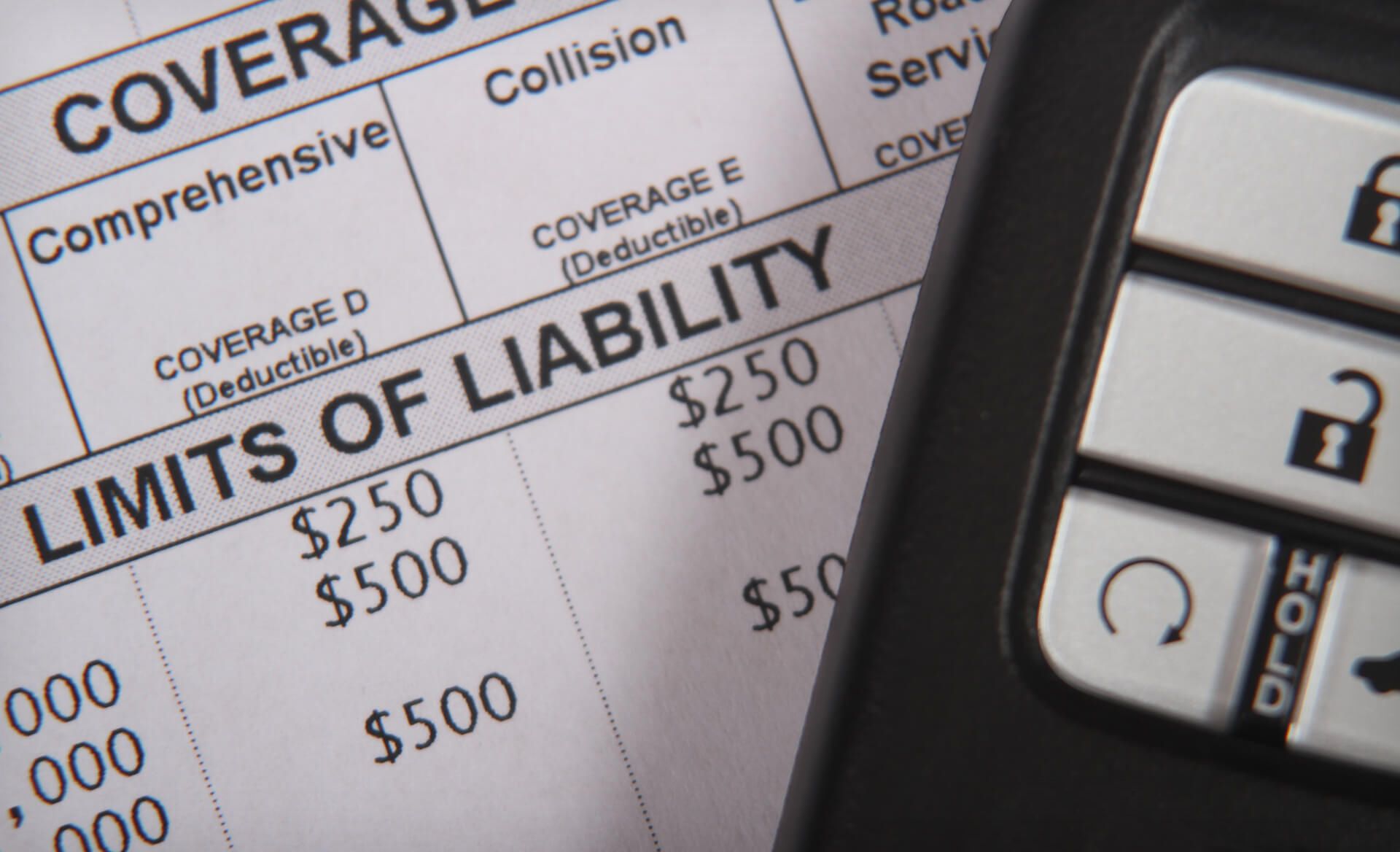
10. **The Deep Link: Uninsured Driving and Organised Crime**
A critical revelation from the Met Police operation is the pervasive link between uninsured driving and broader criminal activity. Met commanders have explicitly stated that ‘uninsured driving was often linked to broader criminal activity including drink and drug driving, disqualified driving, stolen vehicles, money laundering, drug running and organised crime.’ This operation served as a vital tool in disrupting these wider illicit networks.
Throughout the three-day crackdown, stops initiated for seemingly minor insurance discrepancies frequently escalated into the discovery of more serious offences. For instance, officers uncovered sophisticated fraudulent insurance policies, commonly referred to as ‘Ghost Broking,’ where individuals are unknowingly sold fake policies, leaving them illegally uninsured. This highlights the intricate and deceptive methods employed by organised criminal enterprises to circumvent the law and profit from illicit activities.
The arrests made during the operation further substantiate these connections, with individuals apprehended for offences ranging from actual bodily harm and criminal damage to drug possession, theft of motor vehicles, and immigration offences. This interconnectedness underscores that tackling uninsured driving is not merely about road safety compliance but is a crucial front in the broader fight against organised crime and general criminality in the capital.
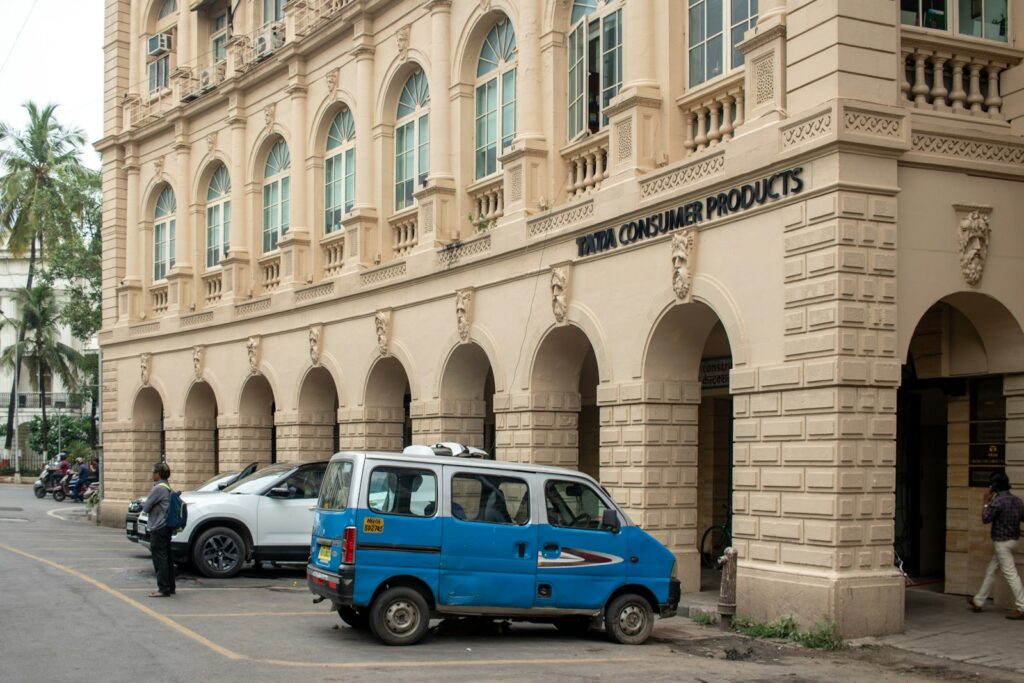
11. **Public Safety Imperative: Warnings from the Motor Insurers’ Bureau**
The Motor Insurers’ Bureau (MIB) plays a pivotal role in highlighting the severe public safety risks posed by uninsured driving, and its warnings provided critical context for the Met’s operation. Andy Trotter, from the MIB, starkly underscored the urgency of the issue by stating, “Someone is hit by an uninsured driver every 20 minutes in the UK, someone is seriously injured by an uninsured driver every day, and one person will lose their life to an uninsured driver every week.” These statistics reveal the alarming frequency and tragic consequences of collisions involving uninsured motorists.
Uninsured drivers present a significant danger not only because they operate outside the legal framework but also because they are often more likely to be involved in collisions. The absence of valid insurance also complicates the process for victims of accidents, leaving them to bear the financial burden and emotional distress. The MIB’s consistent messaging reinforces that operations like the Met’s crackdown are essential for safeguarding all road users and maintaining the integrity of the insurance system.
The partnership between the Met Police and the MIB in this operation was therefore crucial. It ensured that enforcement was not only about identifying legal breaches but also about proactively mitigating a widespread public safety threat. The MIB’s involvement provided expert insight into insurance validity, helping officers swiftly identify non-compliant vehicles and drivers.

12. **Collaborative Policing: Partnerships for Greater Impact**
The success of the Met Police’s three-day operation was significantly bolstered by robust collaborative efforts with various partner organisations. The Special Constabulary and the Vehicle Enforcement Team of the Met Police worked hand-in-hand with the Motor Insurers’ Bureau, combining their expertise to identify and apprehend drivers operating illegally. Special Chief Officer James Deller of the Met’s Special Constabulary praised this cooperation, stating it was “a great opportunity to work with the Motor Insurance Bureau and for officers to speak with members of the public about the work we do, educate drivers and enforce the law.”
This multi-agency approach enhances the effectiveness of enforcement, allowing for more comprehensive checks and a deeper understanding of the complexities surrounding vehicle legality and insurance. The information sharing and operational coordination between these bodies ensures that a broader spectrum of offences can be addressed, from basic motoring violations to more intricate fraudulent practices and links to serious crime.
Furthermore, this operation is part of a wider ‘partnership work to build on reductions in theft, burglary, robbery, anti-social behaviour and retail crime achieved in the capital so far this year.’ This broader context underscores the Met’s integrated strategy, where tackling seemingly isolated issues like anti-social driving contributes to overall improvements in community safety and crime reduction across London’s town centres and high streets.

13. **Future Outlook: The Met’s Ongoing Enforcement Commitment**
The Met Police has made it clear that the recent three-day crackdown is not an isolated event but rather a precursor to continued and intensified enforcement actions. Commanders have announced that ‘further enforcement is planned through the summer’ as officers maintain their vigilance. This commitment ensures that the gains made in this operation will be sustained, contributing to a consistently safer environment on London’s roads.
Officers will continue to perform document checks, seize non-compliant vehicles, and actively pursue drivers who are suspected of using luxury cars to conceal criminal activity. This proactive stance reflects the Met’s unwavering dedication to tackling anti-social behaviour and broader criminality associated with high-performance vehicles. The objective is to deter illegal practices and ensure adherence to motoring laws across the capital.
Special Chief Officer James Deller reiterated the Met’s dedication, stating, “The Met is committed to tackling anti-social behaviour and this operation was set up to respond to concerns from residents, businesses, and visitors about high-value vehicles causing a nuisance in known hotspot areas in central and west London.” This forward-looking approach highlights the force’s adaptive strategy, designed to respond to community concerns and pre-empt future attempts to exploit London’s roads for illicit purposes.
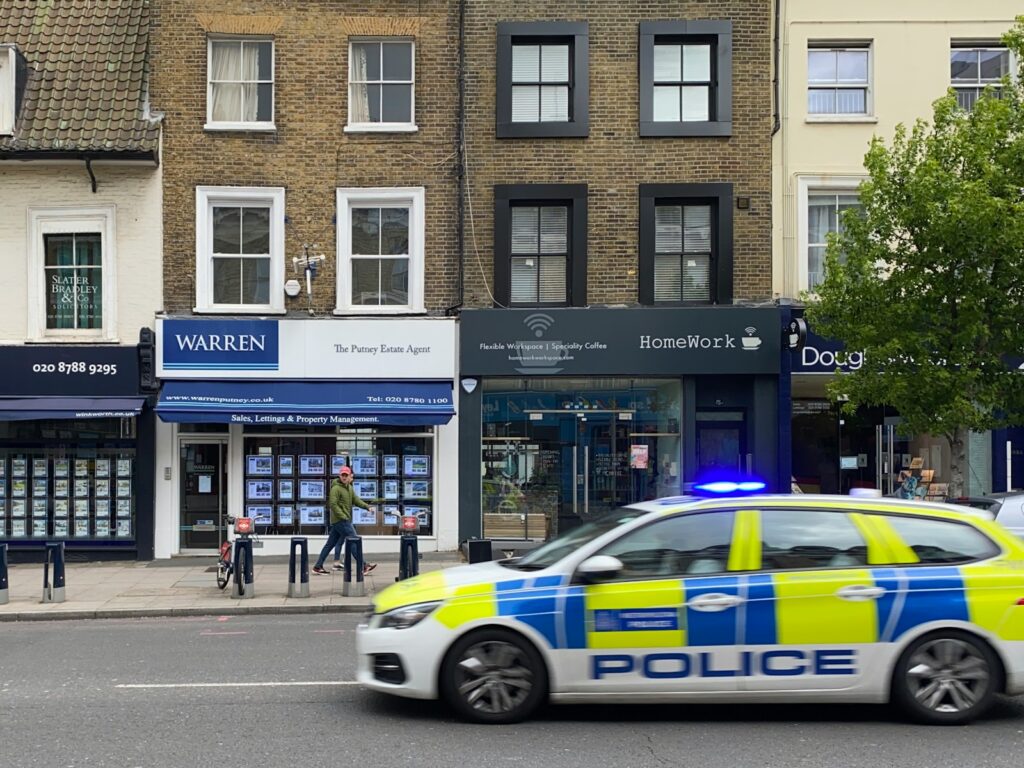
14. **Community Reassurance and Broader Impact: Long-term Vision**
The success of the Met Police operation extends beyond the impressive number of vehicles seized and arrests made; it delivers significant reassurance to London’s communities. By directly responding to complaints about late-night noise and anti-social driving, the police demonstrate their responsiveness and commitment to improving the quality of life for residents, businesses, and visitors in areas like Hyde Park, Kensington, and Chelsea. This direct action transforms community grievances into tangible safety improvements.
The operation is an integral part of the Met’s broader strategy to reduce neighbourhood crime, which has already seen a 19 percent reduction in recent months. By addressing the root causes and interconnectedness of offences, from uninsured driving to organised crime, the police are actively working towards creating a more orderly and secure driving environment for everyone. This sustained effort aims to solidify the capital as a safer place to live, work, and visit.
Ultimately, the Met’s proactive operations, supported by volunteer officers from the Special Constabulary, are about sending a clear and unequivocal message: illegal and anti-social driving will not be tolerated. This ongoing commitment to enforcement, education, and community engagement underpins the long-term vision of making London’s roads safer, contributing significantly to overall public safety and crime prevention across the city.


